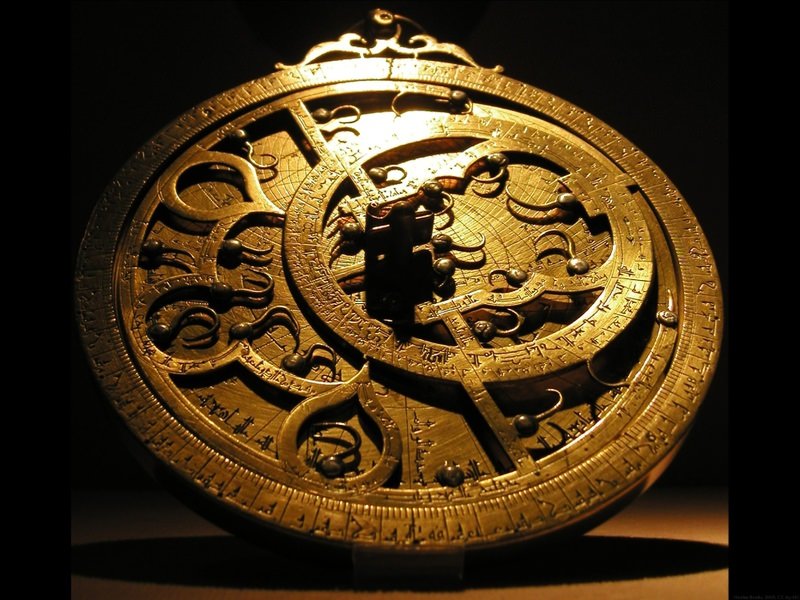The Medieval Astronomer’s Tools
The more time passes, the more discoveries are made by humanity. And yet, the stars haven’t changed through it all; here are the thoughts of an astronomer from the Middle Ages.
Astrolabe // Photo via Daily Sabah
He is a scholar, trained in
arithmetic, philosophy and
even the study of faith.
But what is astronomy, if
not space mathematics?
He rummages through his
belongings, of which emerge
tools, such as the sundial or
cylinder dial, or shepherd’s
dial which allows him
to know the time, whatever
that means when his day starts
at noon, and not at sunrise because
time is not natural, but created.
And his calendar relies on his
knuckles, or the Golden Number.
He manipulates the torquetum
with its complicated rendition of
horizon, equatorial and ecliptic.
He doesn’t know, but centuries
later people will call it a computer.
And finally, his coveted
astrolabe, astronomically
intricate, with its plates
and disks and arms.
He handles the cold brass.
He holds it up by the ring
and squints as he adjusts
the arms, pointing them to
locate the celestial bodies.
He will cradle it, and know
that he is holding the universe
in his outstretched palm.
And he knows so much:
he knows the time again;
he knows exactly where
he is in the world.
He will wonder at the stars
and the secrets of the universe.
He will be angry that he cannot
discover them all, but he will
wish for his children and their
children to know it all.
And through it all, he will
wish for them to remember him
as they look up to the same
glistening lights that he
marvels at.
